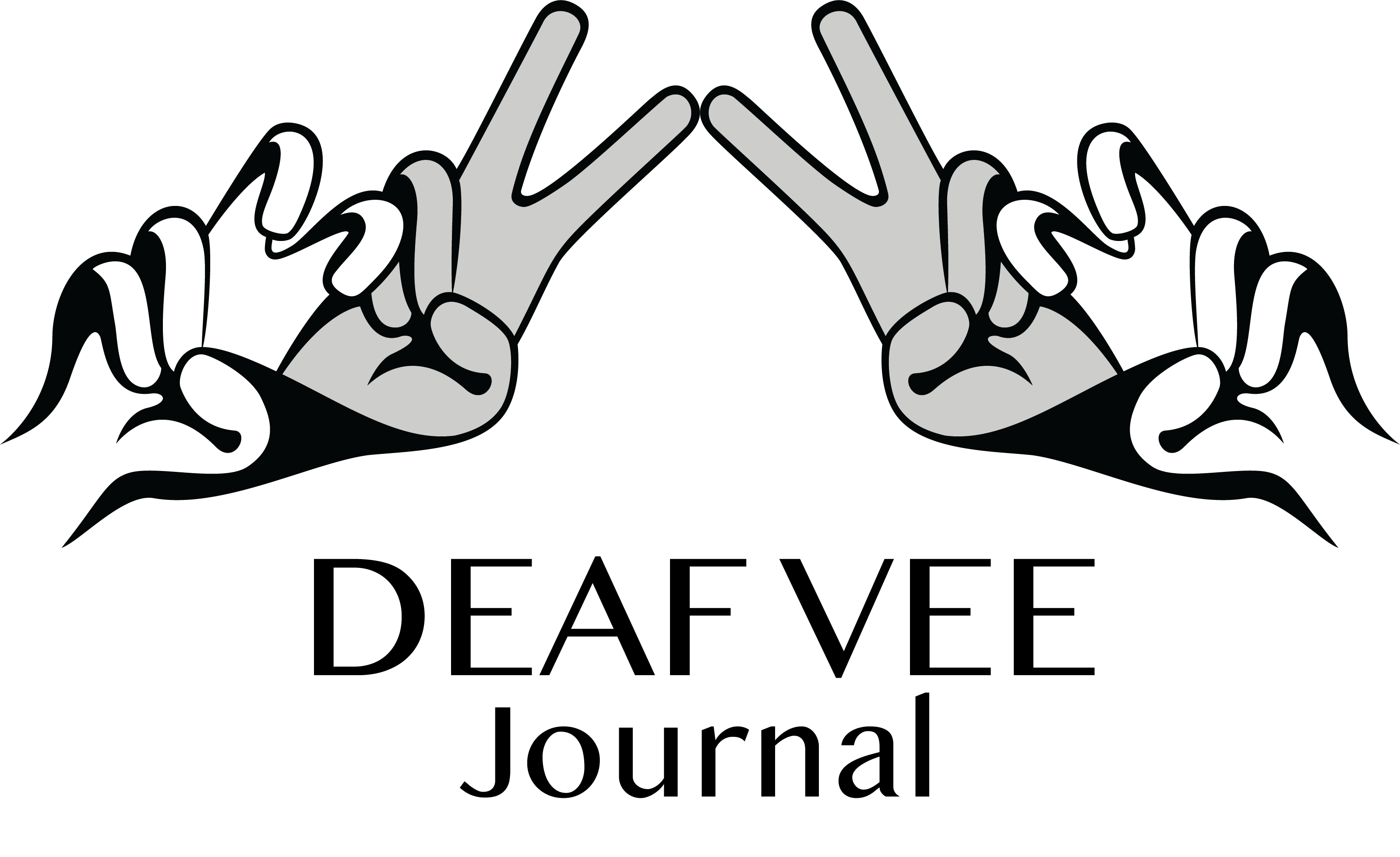Deaf Vee Journal released an article on June 30, 2020 titled, “The Learning Center for the Deaf: Amorita’s Story,” and in that article, we mentioned that the Learning Center for the Deaf [TLC] was working on a Racial Equity Plan. Sarah Glenn-Smith, the Chief Executive Officer, did inform us that she would send us their plan when it was ready. Although we were not notified as promised, we did find it on the TLC website and we wanted to share it as a follow-up for our community and readers. (What follows includes our opinion.)
TLC presented a summary of their Racial Equity Plan below:
“TLC’s Racial Equity Plan presents short-and long-term goals and actions aimed at creating a culture that is truly inclusive. This is an initial, and therefore dynamic, document; new versions will be released as we hold meetings, forums, and create change” (The Learning Center).
In their Racial Equity Plan, TLC cited Ibram X. Kendi’s definition of anti-racism:
“To be antiracist is to think nothing is behaviorally wrong or right — inferior or superior — with any of the racial groups. Whenever the antiracist sees individuals behaving positively or negatively, the antiracist sees exactly that: individuals behaving positively or negatively, not representatives of whole races. To be antiracist is to deracialize behavior, to remove the tattooed stereotype from every racialized body. Behavior is something humans do, not races do.” (The Learning Center – Racial Equity Plan; How to Be An Antiracist, Kendi, 2019).
In order to start anti-racism work, you must realize that unpacking your privileges is just the beginning. Several varying statements have been made to clarify a very important point: it is not enough to just “not be racist.” It is not enough to just stop your own racist behavior–yes, even complicit behavior that perpetuates racism.
We must delve into the deep roots of our country’s foundation, remove the racist laws, codes, policies, and regulations that influence our systems, even abolish some systems itself, radically redistribute resources to marginalized communities, and make drastic shifts with how we are governed. As a school, TLC asserts they are going to change their whole existing system as we know it towards one that is an accurate reflection of anti-racism itself.

When and if you sit down to read TLC’s Racial Equity Plan, it is important to ask yourself if it truly dismantles racism as claimed, all the way down to the roots. TLC suggests that not only will their plan dismantle their own system, it also could be a “model” for other schools for the Deaf all over the United States to follow. That is a rather tall order. If TLC can do it, would other schools follow?
We feel it is important for you to consider this. Look at the image TLC used above in their Racial Equity Plan to illustrate the concept of equity: the tall person has no boxes as they can see over the fence easily to enjoy the game, the regular person has a box to stand on so they could see the game, and the short person has two boxes to stand on. One could argue that the fence itself represents the system.
Racial equity is a step in the right direction, yes. We only ask you to think about this: Why stop there?
Persons in positions of power could give out boxes in equity for others to watch the game, sure, but here is the problem. Nothing happens to the fence. The fence is still there. The racist system is intact. Persons in positions of power would still have control of the boxes and hold the power of deciding when who gets how many boxes and how hard or easy it is for others to get the boxes. For instance, they could charge fees for others to use the boxes and they could limit the amount of time others have in using the boxes. It puts the burden on others with scarce resources to get their own boxes and bring them for access to the game. Others who are not able to bring their own are forced to ask people in positions of power if they can have some boxes….and that is if they could find where and how to find the right people since the system does a really good job of hiding that kind of information. And what about folks with physical disabilities who want to watch but they cannot because it is a requirement to stand on a stack of boxes for access to the game and they are in wheelchairs, crutches, or do not have good balance?
Not touching the fence does nothing but continue to create and maintain that disparity of power. It upholds oppression.
Honestly, why not go further and replace the wooden fence with a fence where everyone can see and enjoy the game? Heck, why not throw out the fence completely? That way the boxes are not necessary and nobody gets to play gatekeeper on when and how who gets to access the game. And more importantly: Can we have this kind of conversation?
TLC’s Racial Equity Plan appears to keep the wooden fence intact. If you are curious about how TLC intends to approach racism in all of their programs and services under the leadership of Sarah Glenn-Smith, check out their “Racial Equity Plan.”






